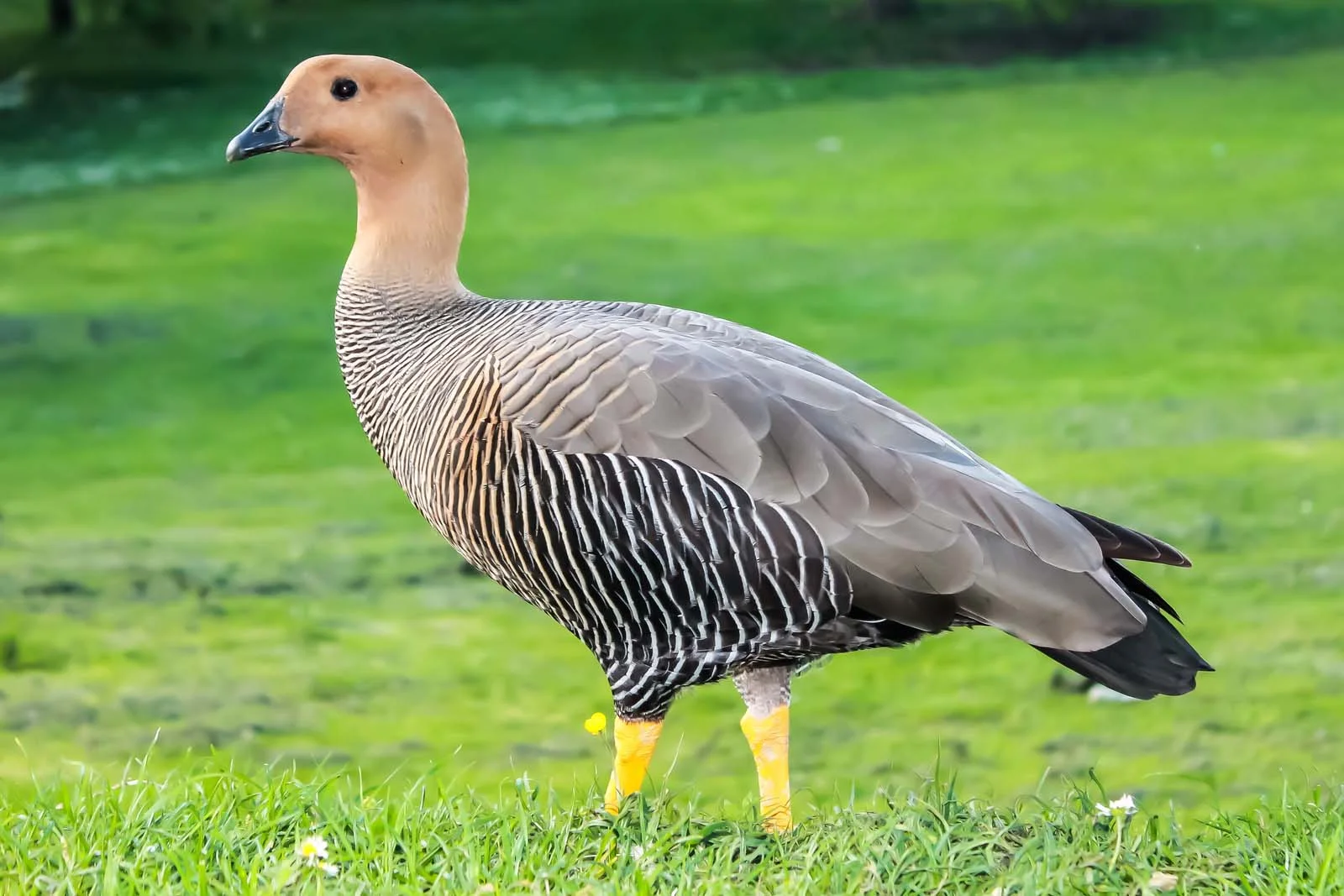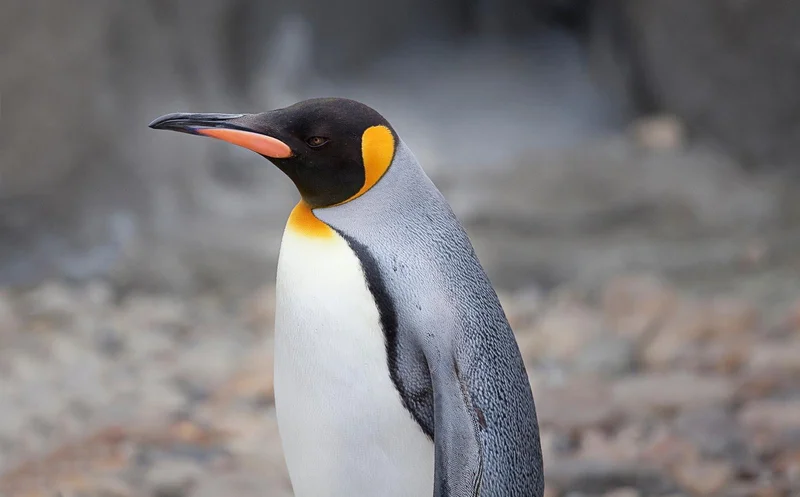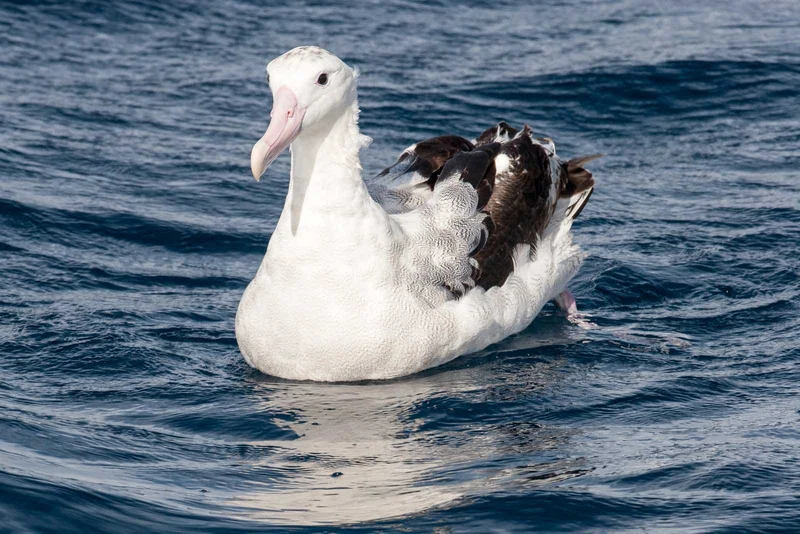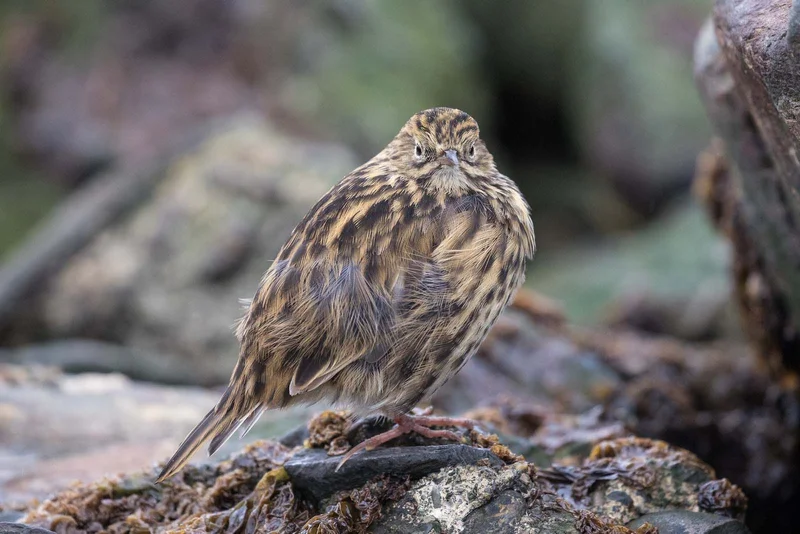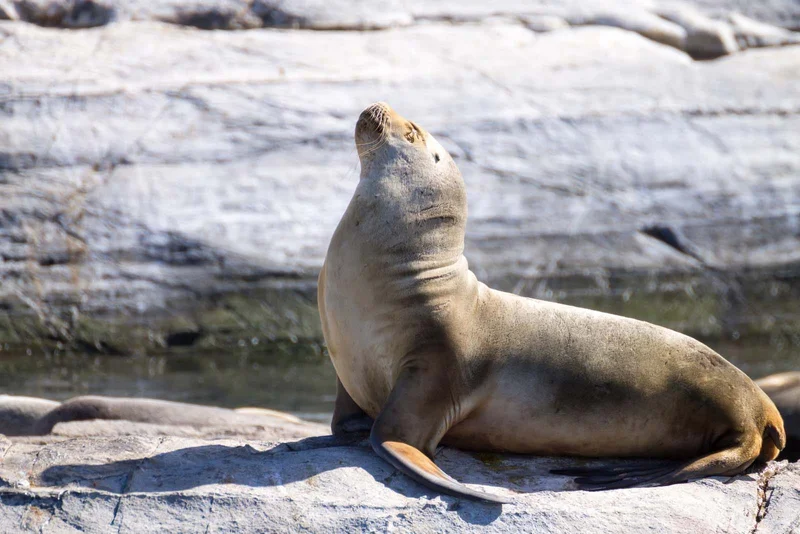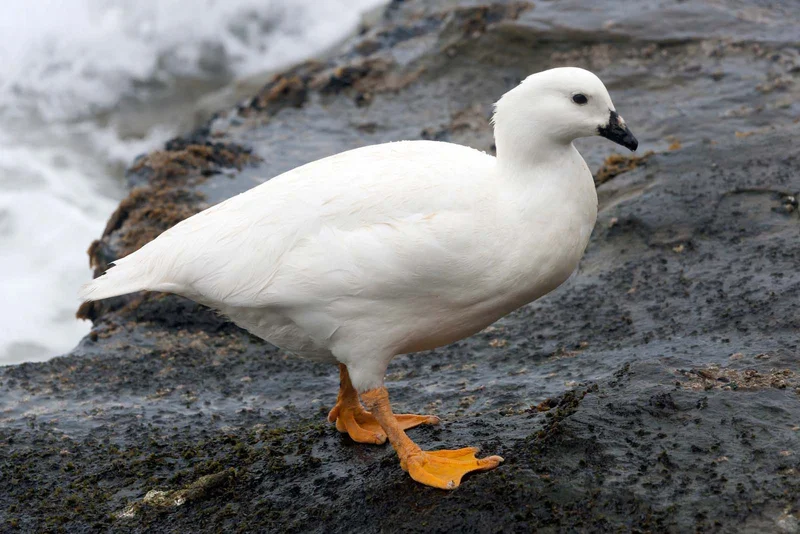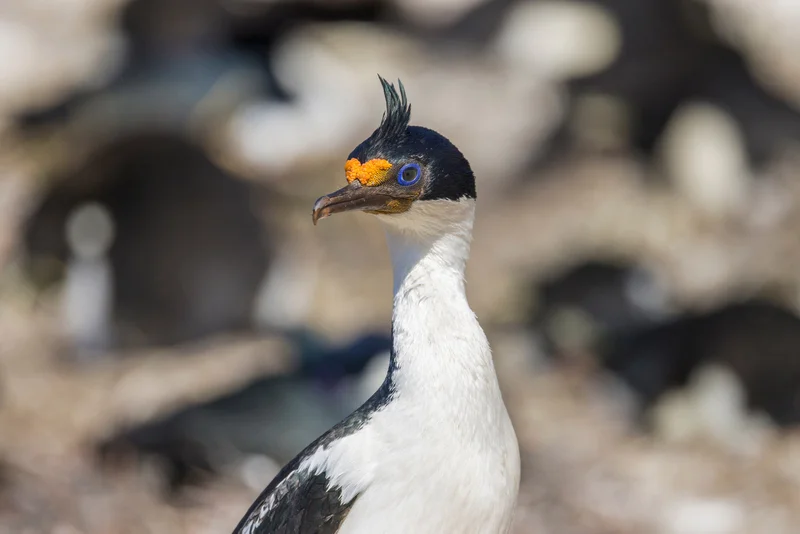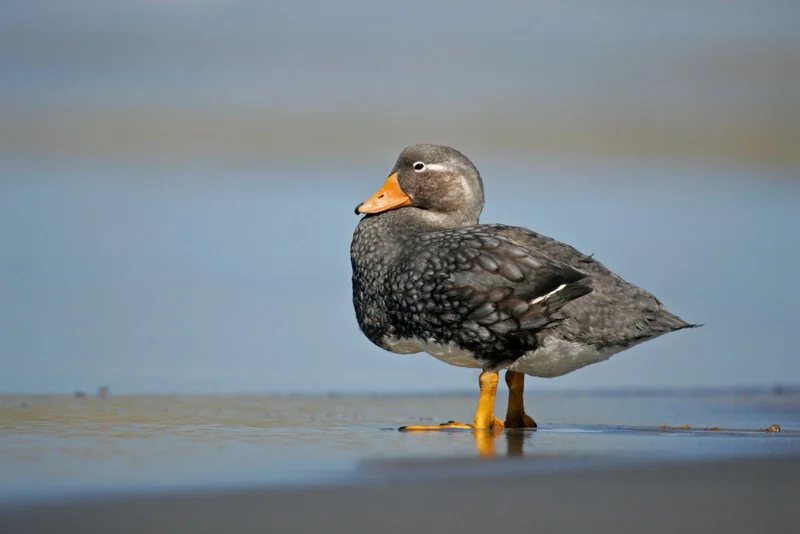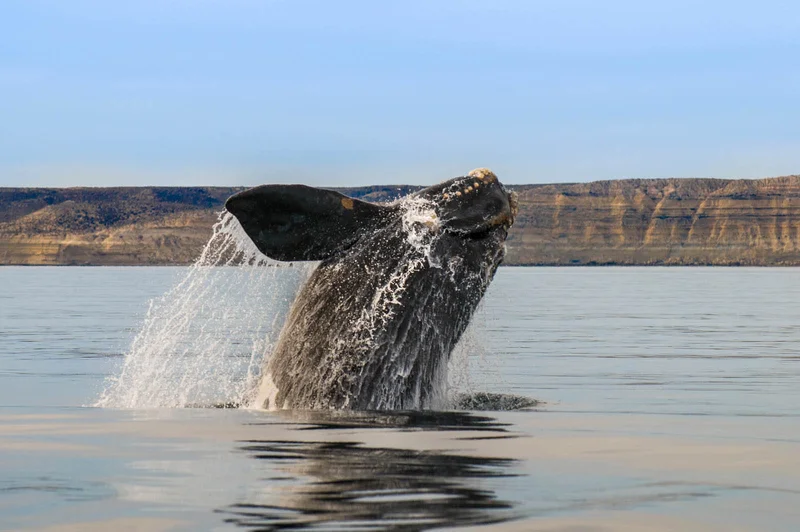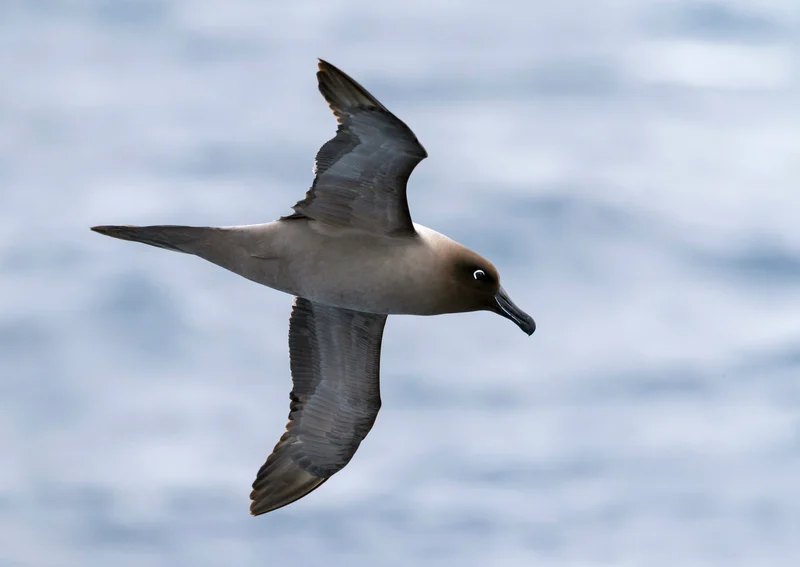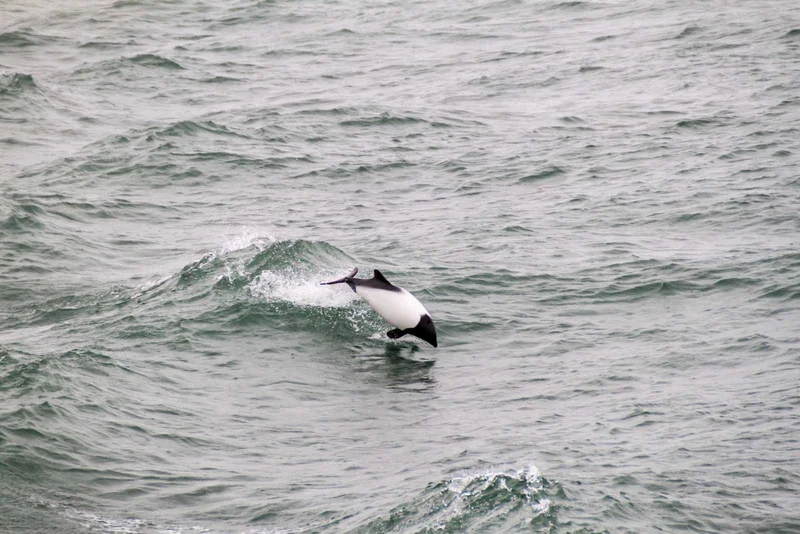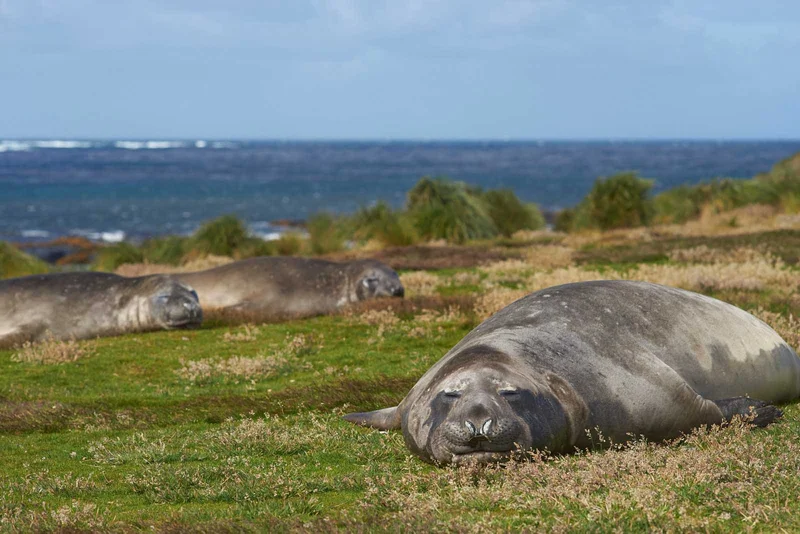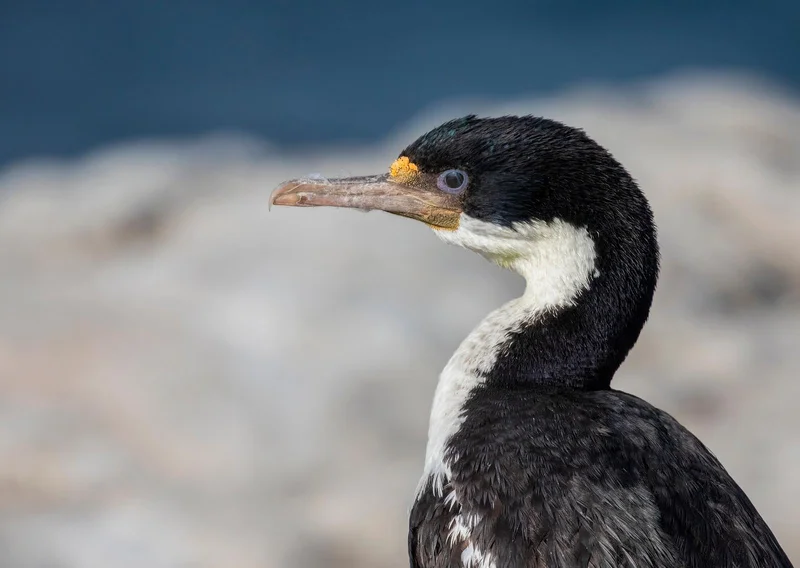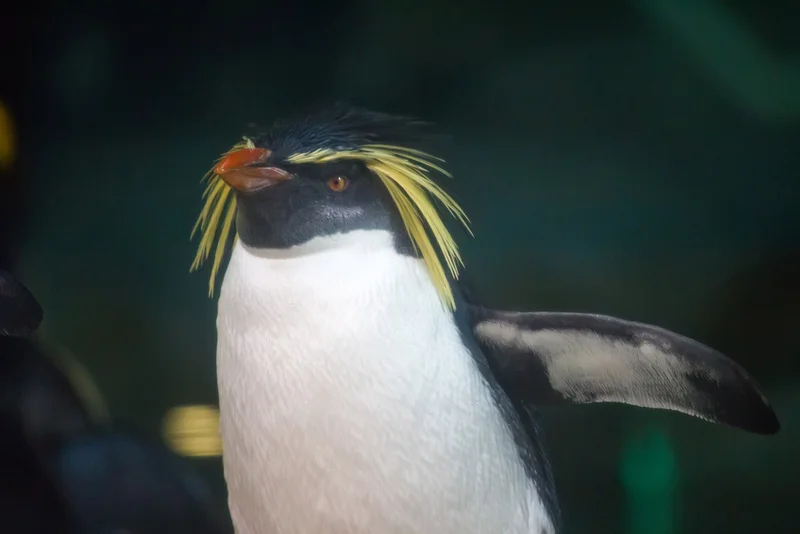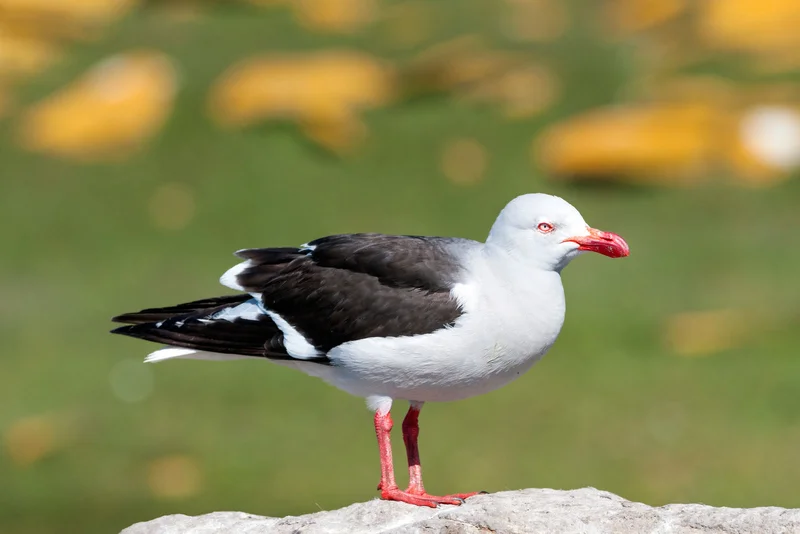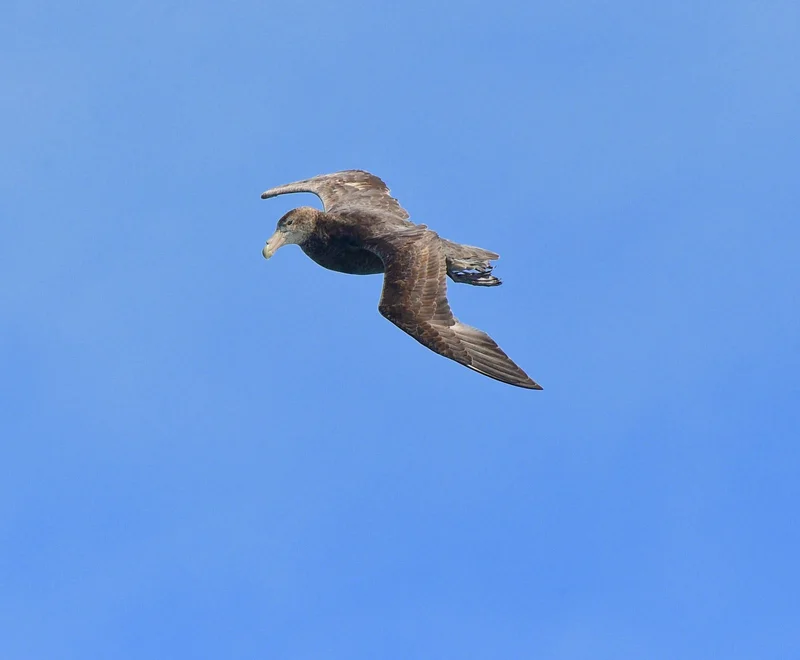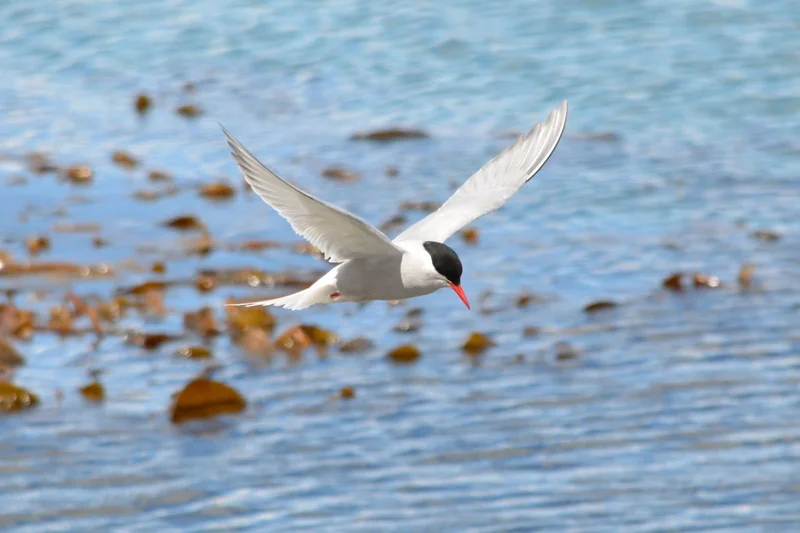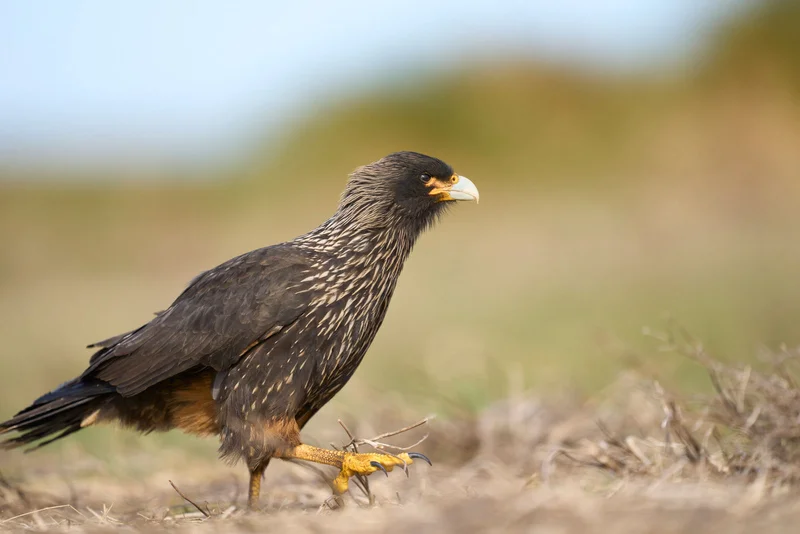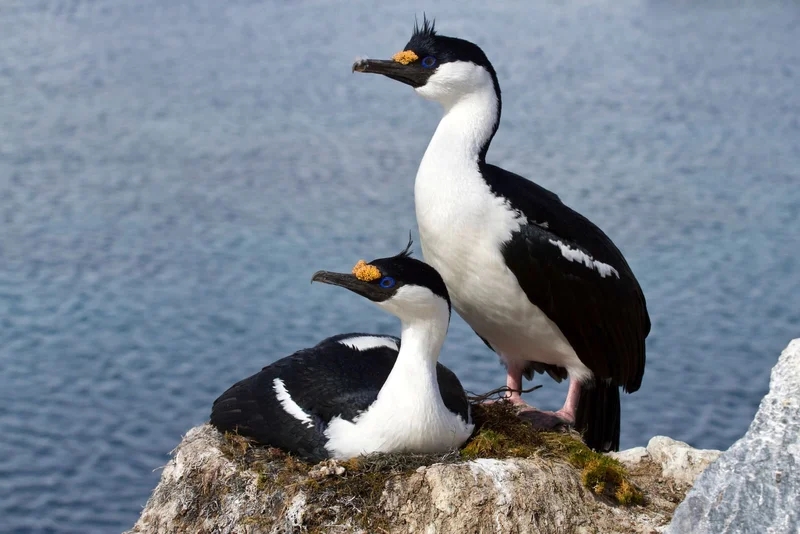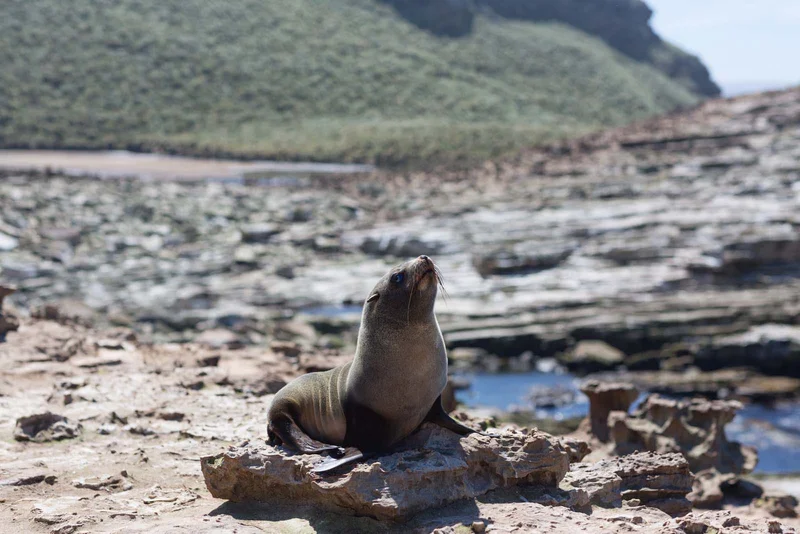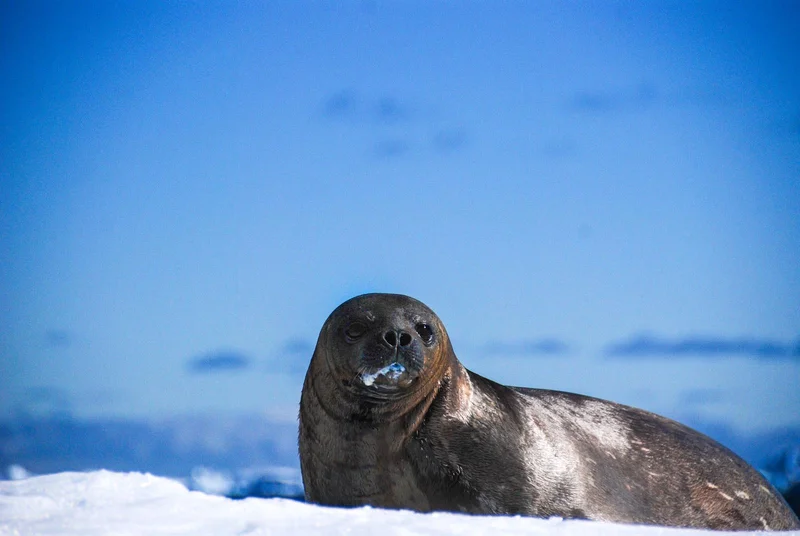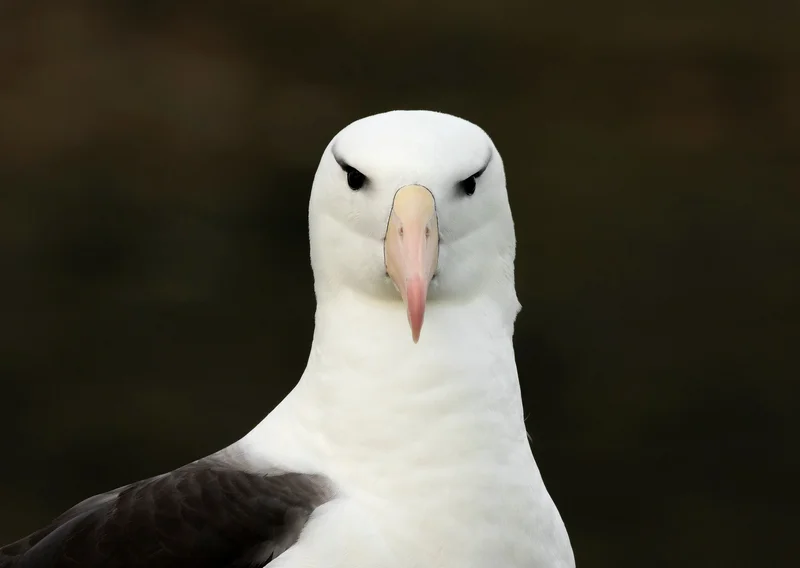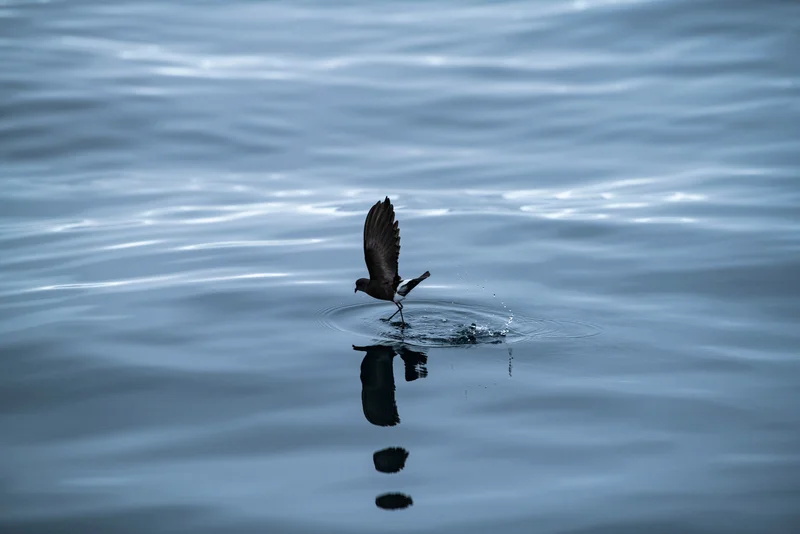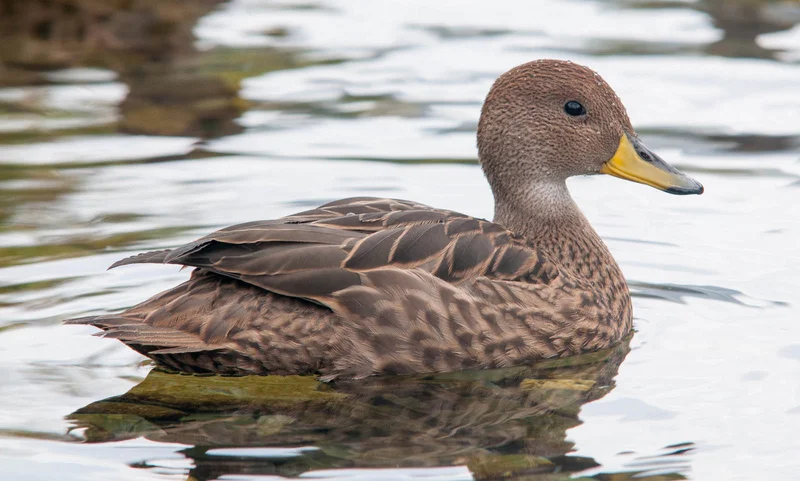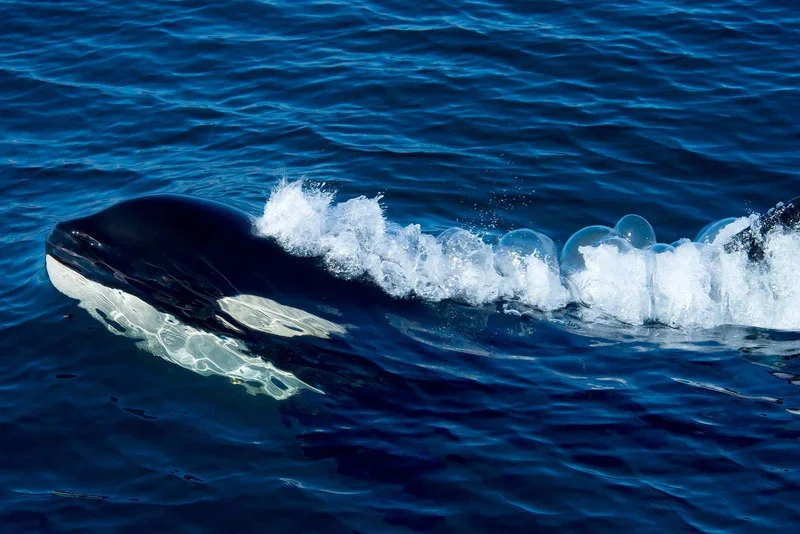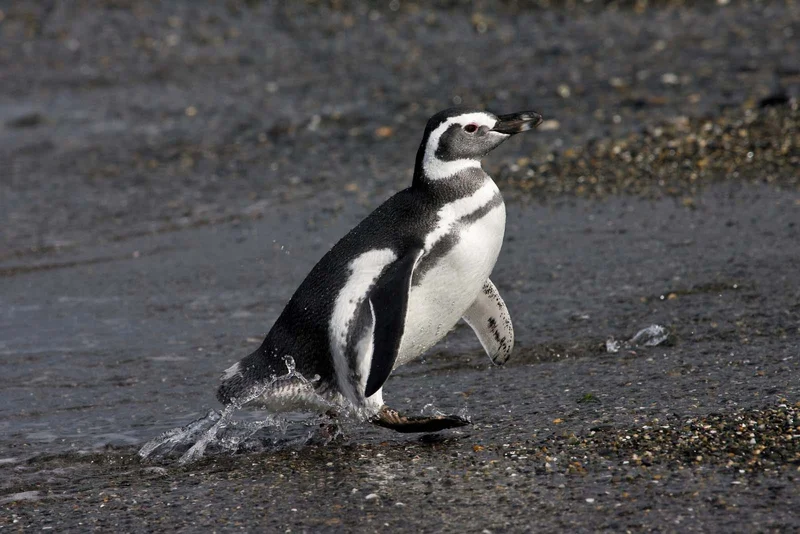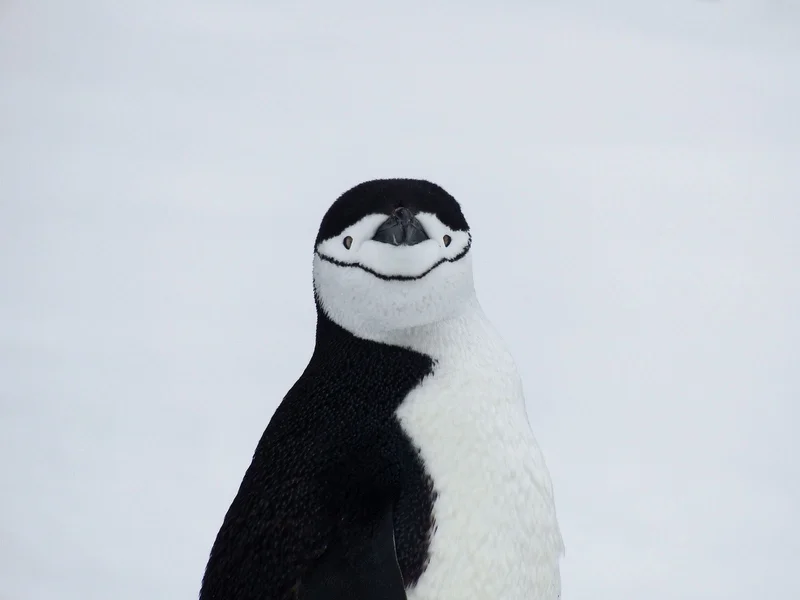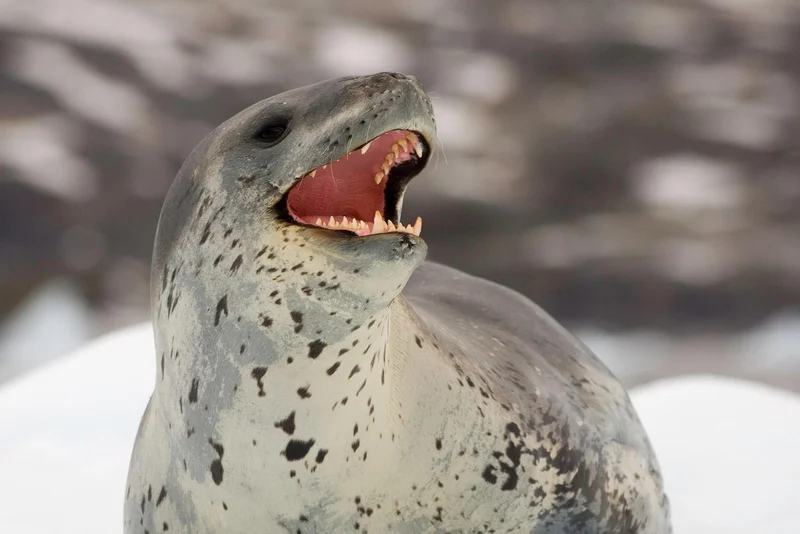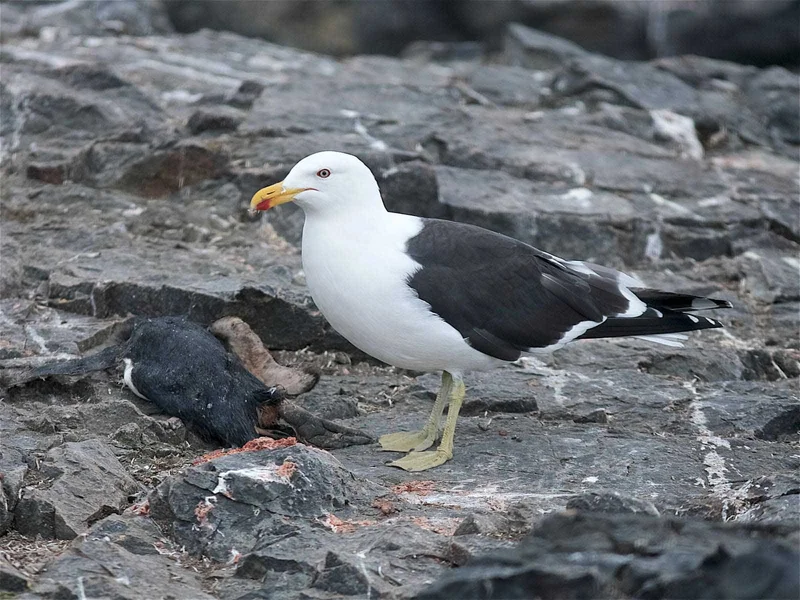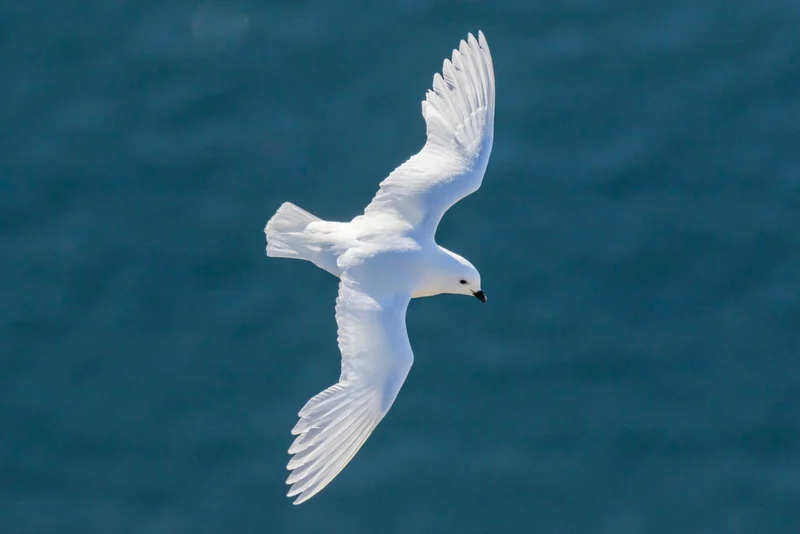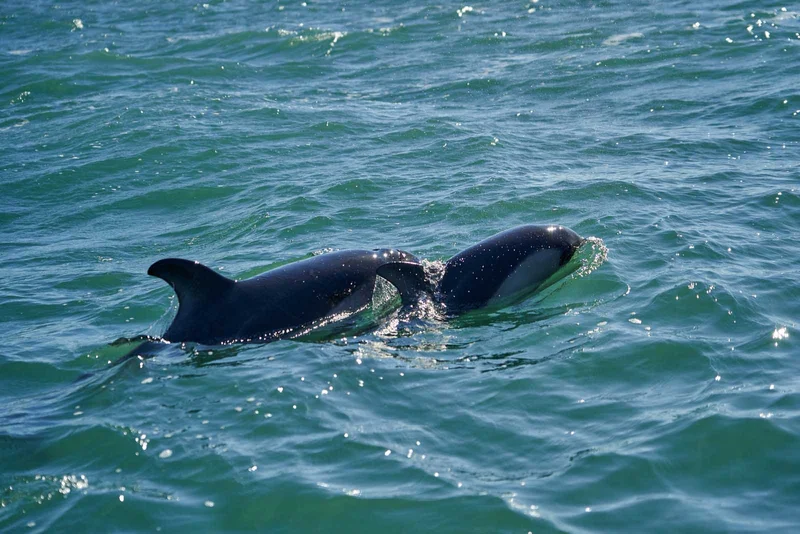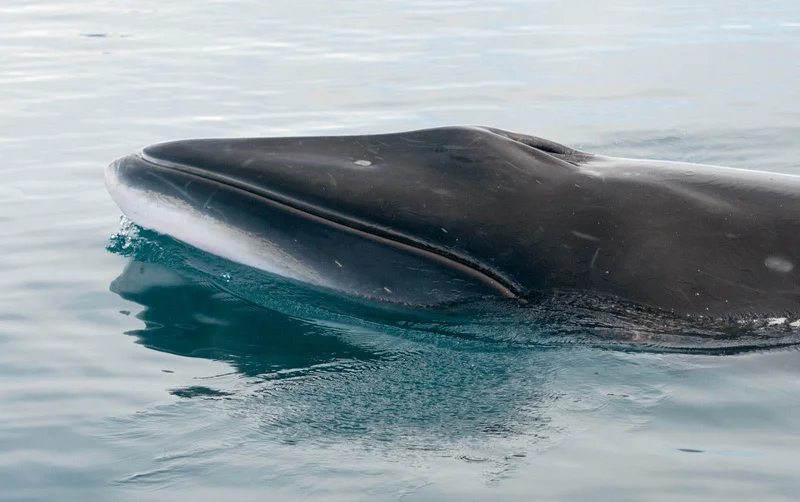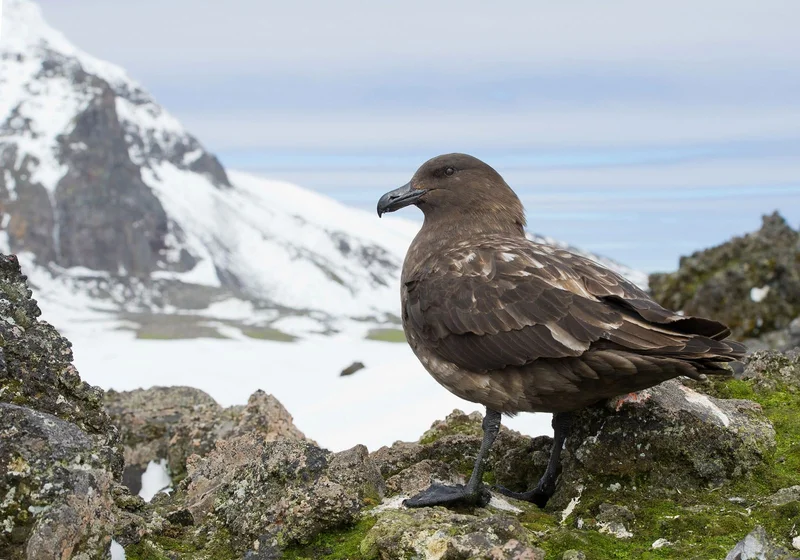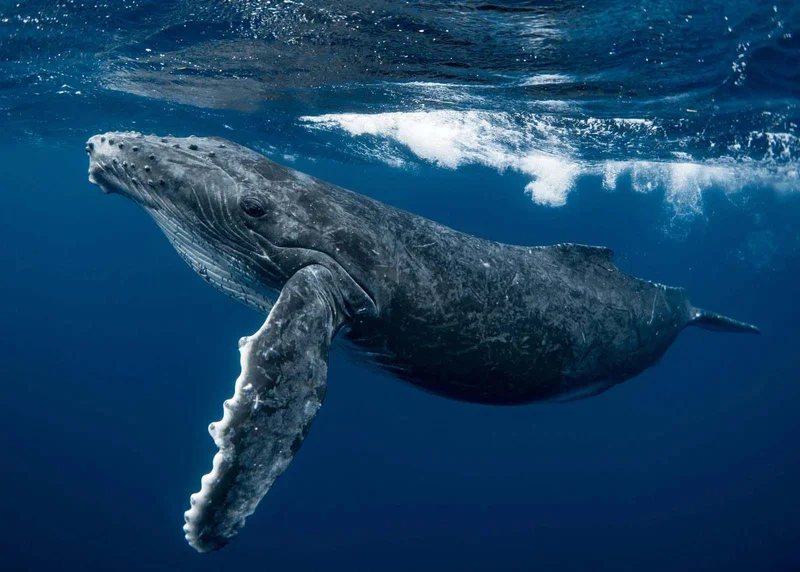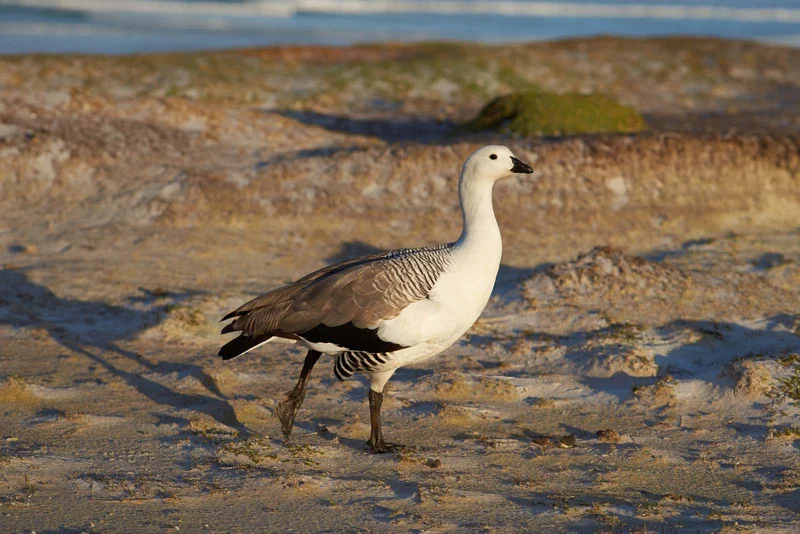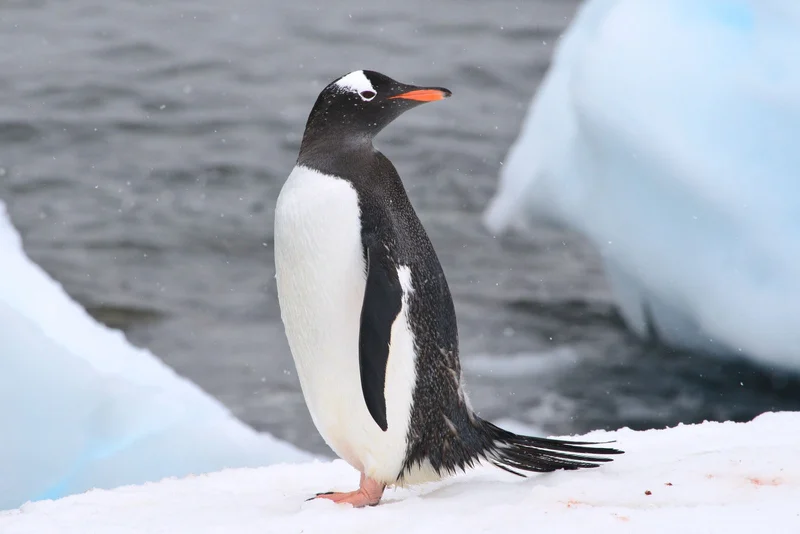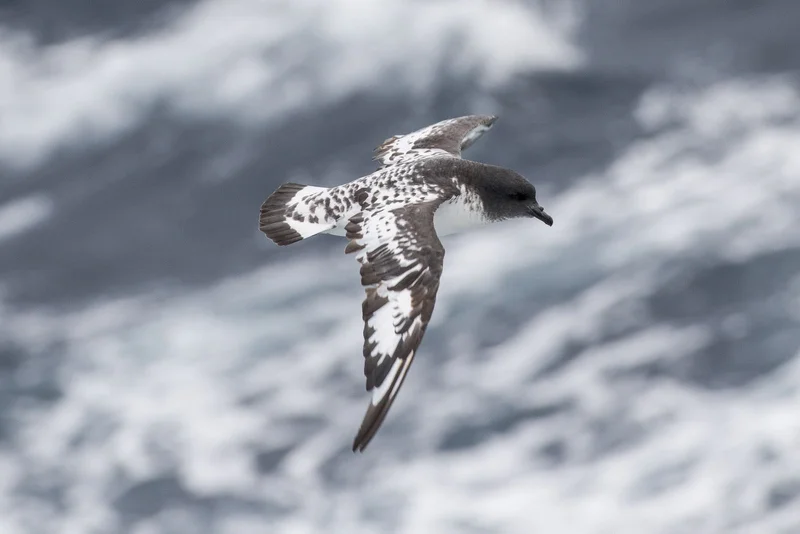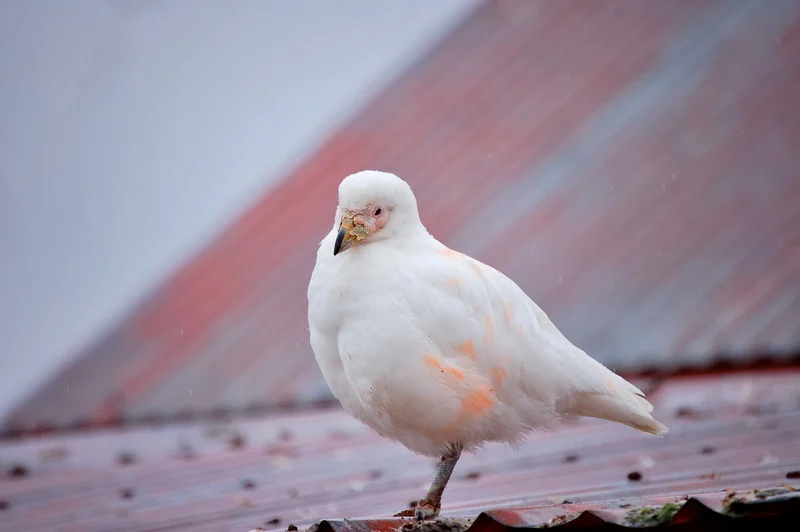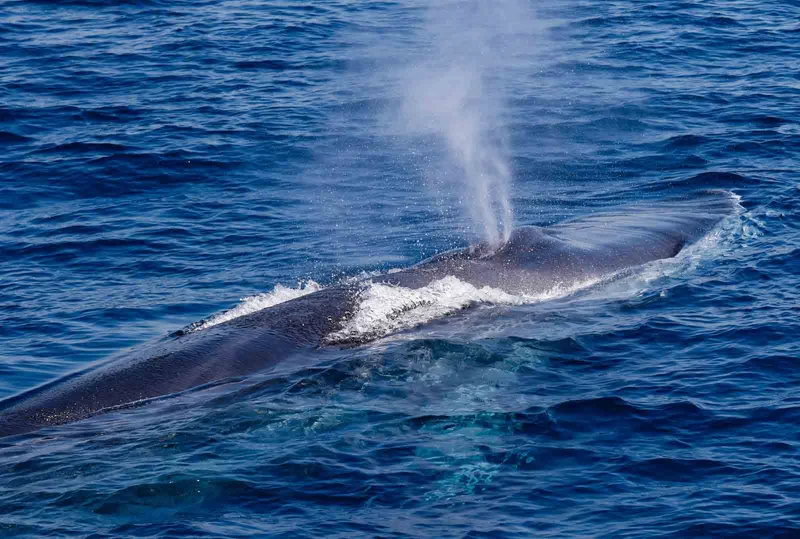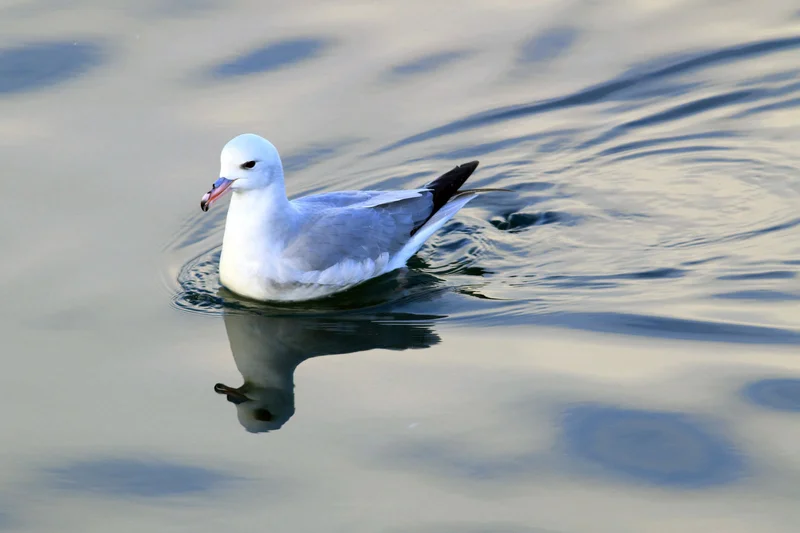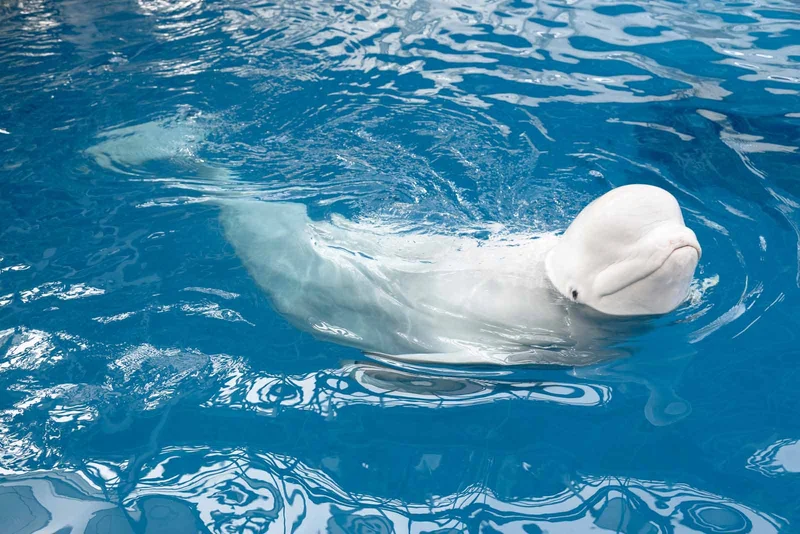Essential Ruddy-headed Goose Information
The ruddy-headed goose was once widespread across southern Chile and the Falkland Islands, but its mainland population has declined dramatically, making the Falklands population crucial for the species' survival. Today, around 6,000 ruddy-headed geese live on the Falkland Islands, while only a few hundred remain in Chile, where predation by the introduced South American Grey Fox has caused significant declines.
Physical Characteristics
These geese are named for their rich brown heads and necks. The rest of their bodies are buff-colored, with pale grey wings. They are often mistaken for female upland geese, but ruddy-headed geese are smaller, with fewer bars on their breast feathers and a clear contrast between the brown neck and buff breast. Naturalist guides can help distinguish between these similar-looking species.
Habitat and Nesting
Ruddy-headed geese prefer nesting near ponds, building loose nests from grass and lining them with feathers. They typically lay between 5 and 8 eggs in October. Outside of the breeding season, these geese form loose flocks and forage together, making them easier to spot in groups.
Population and Conservation
The population on the Falkland Islands remains stable at around 6,000 individuals, making this group essential for the species' survival. Mainland populations in Chile have nearly disappeared due to predation by introduced species, highlighting the importance of protecting the Falklands population.
Interesting Facts
- Distinctive Coloring: The ruddy-headed goose is identified by its rich brown head and neck, distinguishing it from similar species like the female upland goose.
- Critical Falklands Population: The Falklands are home to the largest remaining population of this goose, which is vital for the species' survival.
- Nesting Behavior: They build loose nests near ponds and lay 5 to 8 eggs each October.
